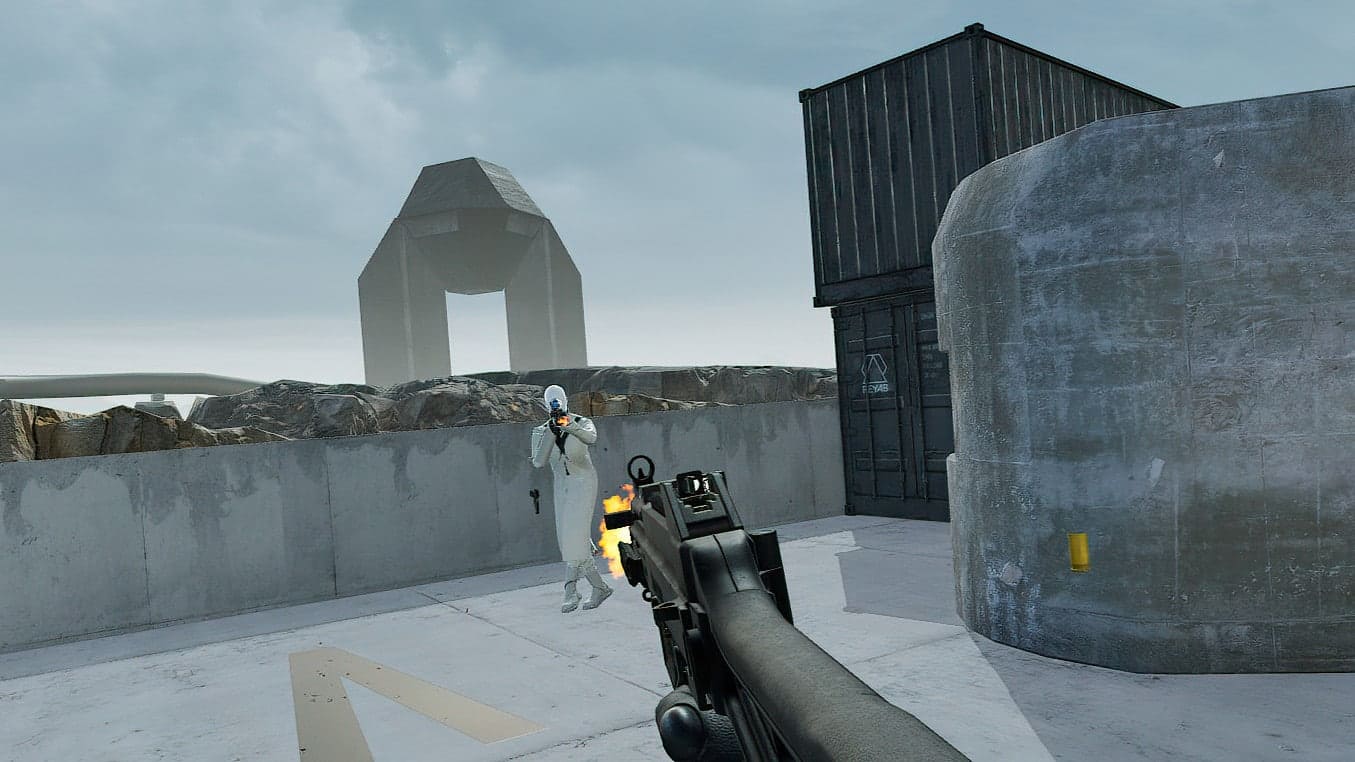After several updates to the Oculus software, version 1.15 that should be released by the end of the month removes the “experimental” label from room-scale support in the Rift.
There is no denying that the appearance of HTC Vive significantly influenced Oculus when it came to making some changes in its ecosystem, and the best proof of this is the support of applications at room scale, something that Oculus did not value at first but that finally has had no choice but to implement. There are a few Oculus-funded experiences that expect the player to play standing, looking forward, and without moving from the site. Some like Robo Recall have been updated to give us more freedom of movement, and others like Wilson’s Heart take more than one out of their boxes by being forced to remain static facing the front, while others like The Climb or Rock Band VR work very well in 180º mode.
In any case, the launch of Touch in December of last year brought with it the compatibility with multiple motion sensors and the possibility of configuring them to follow our steps in 360º in an area of several square meters, what is commonly known as “room scale” or “roomscale”. Initially, the operation was simply acceptable, with small tracking problems at various angles but more or less operational. However, there was a time when it got worse with the introduction of various bugs (such as the one that changed the height of the ground) until, with the arrival of the software 1.12, Oculus turned the situation around and users of 2 or more sensors already enjoy a really good experience.
There is only one last step that Oculus will take with version 1.15, which will be available this month: baptize as “official” the support for room scale with 2 or more sensors removing the label of “experimental”. Users who participate in the beta channel of the Oculus software can now also try a new configuration wizard specific to larger rooms with 3 sensors. It has taken 5 months after the release of Touch and a little more than a year since the release of the Rift, but it is never too late if the joy is good, and it is good news that the two great PC viewers already support “officially” the same functionalities.









